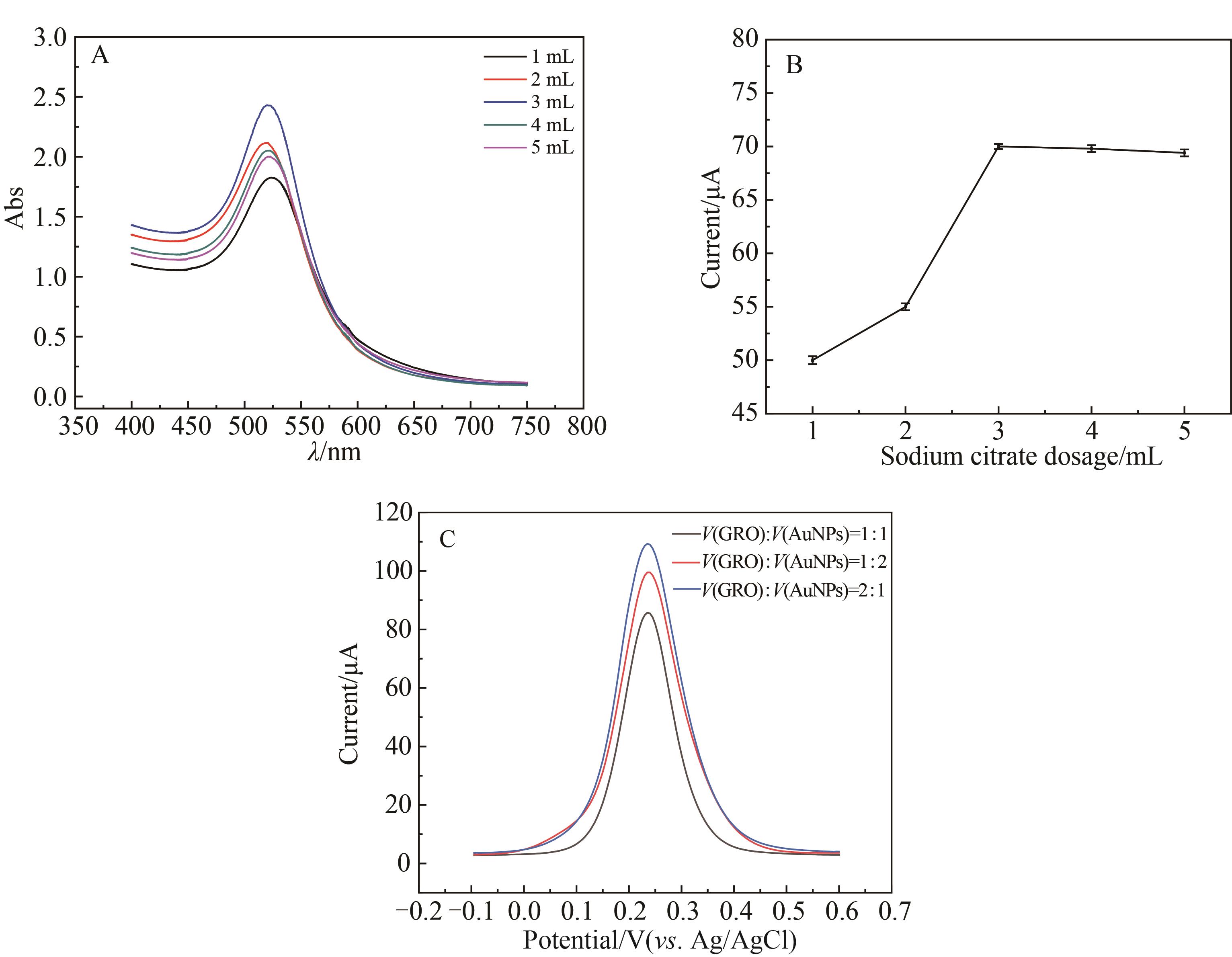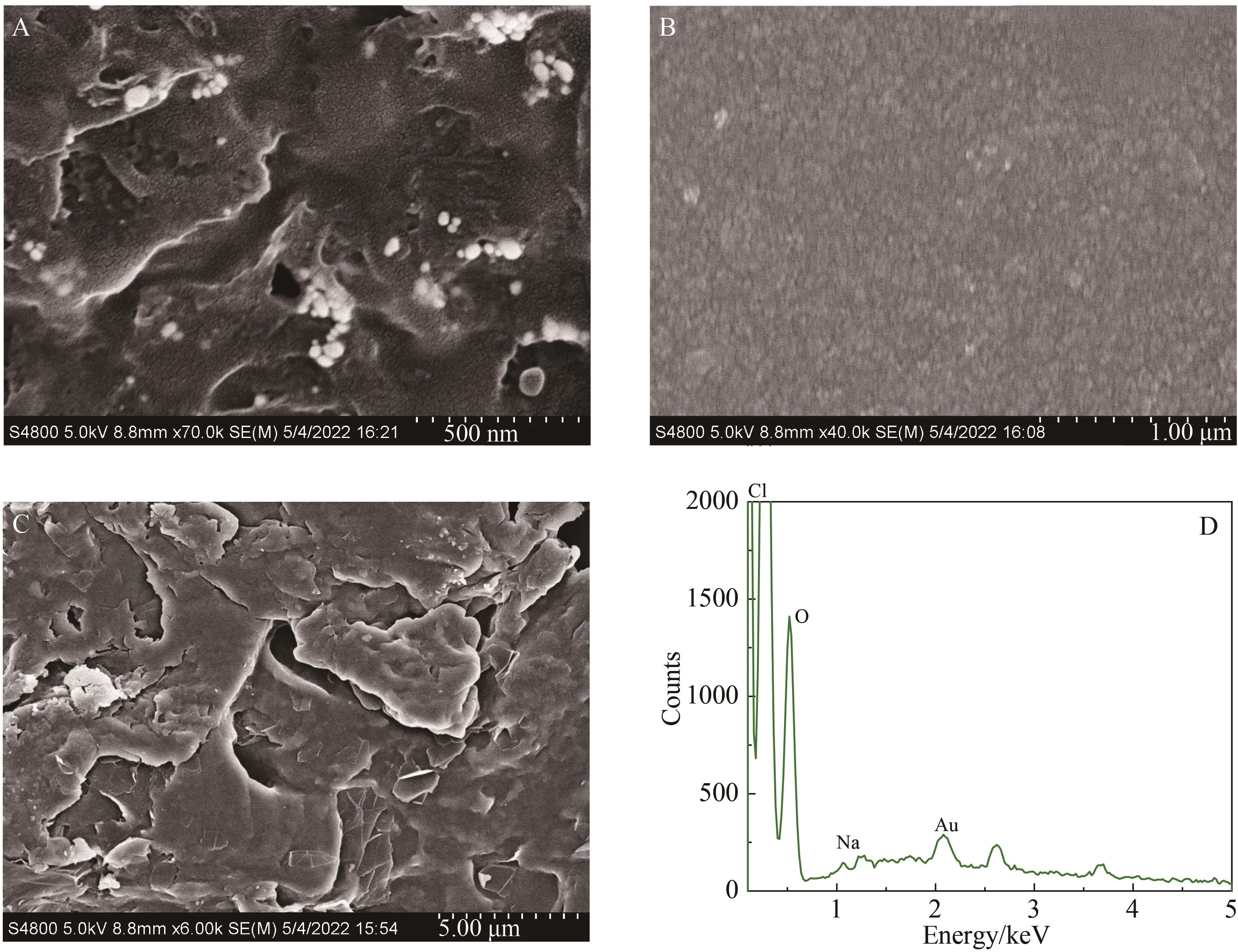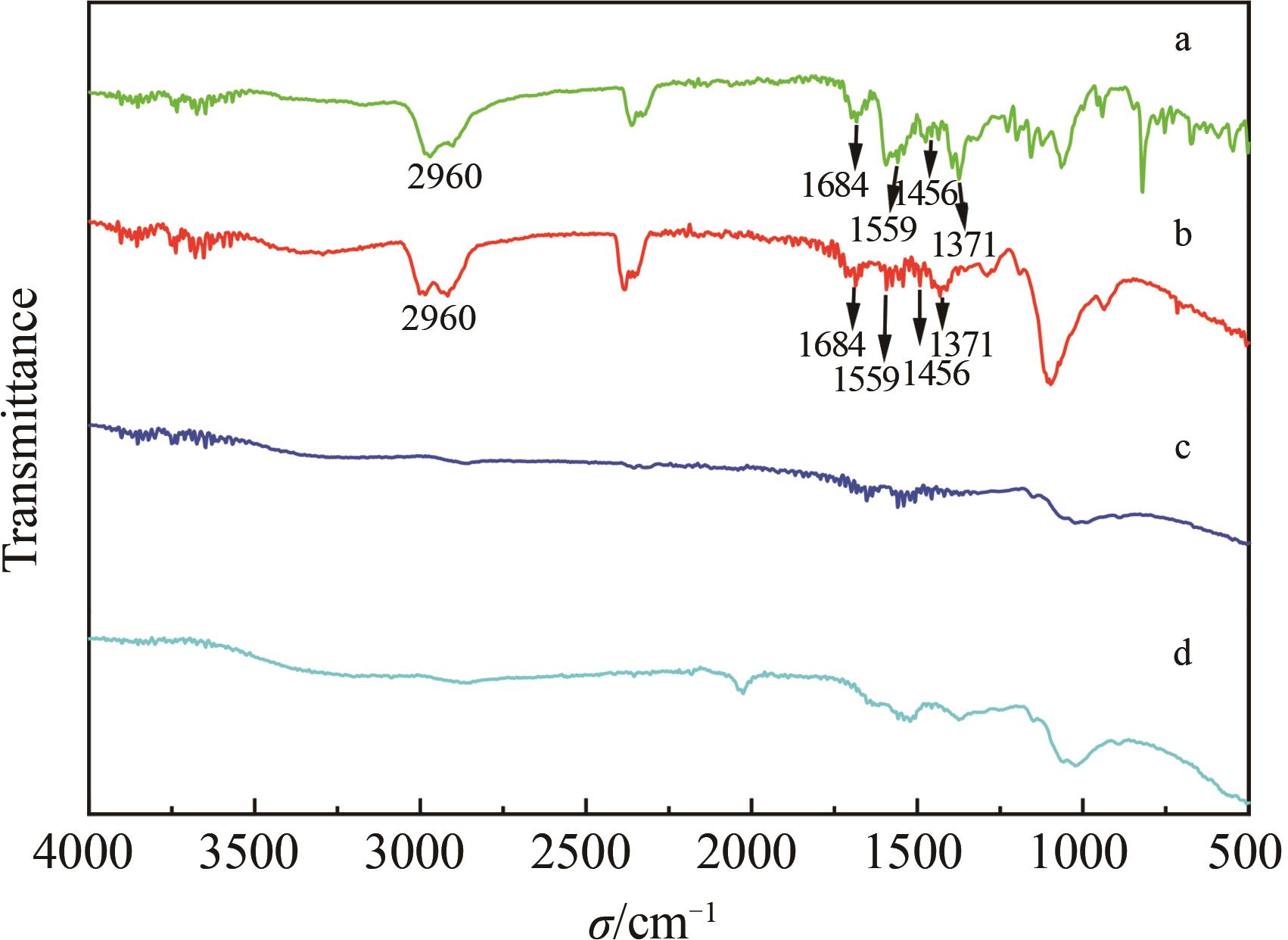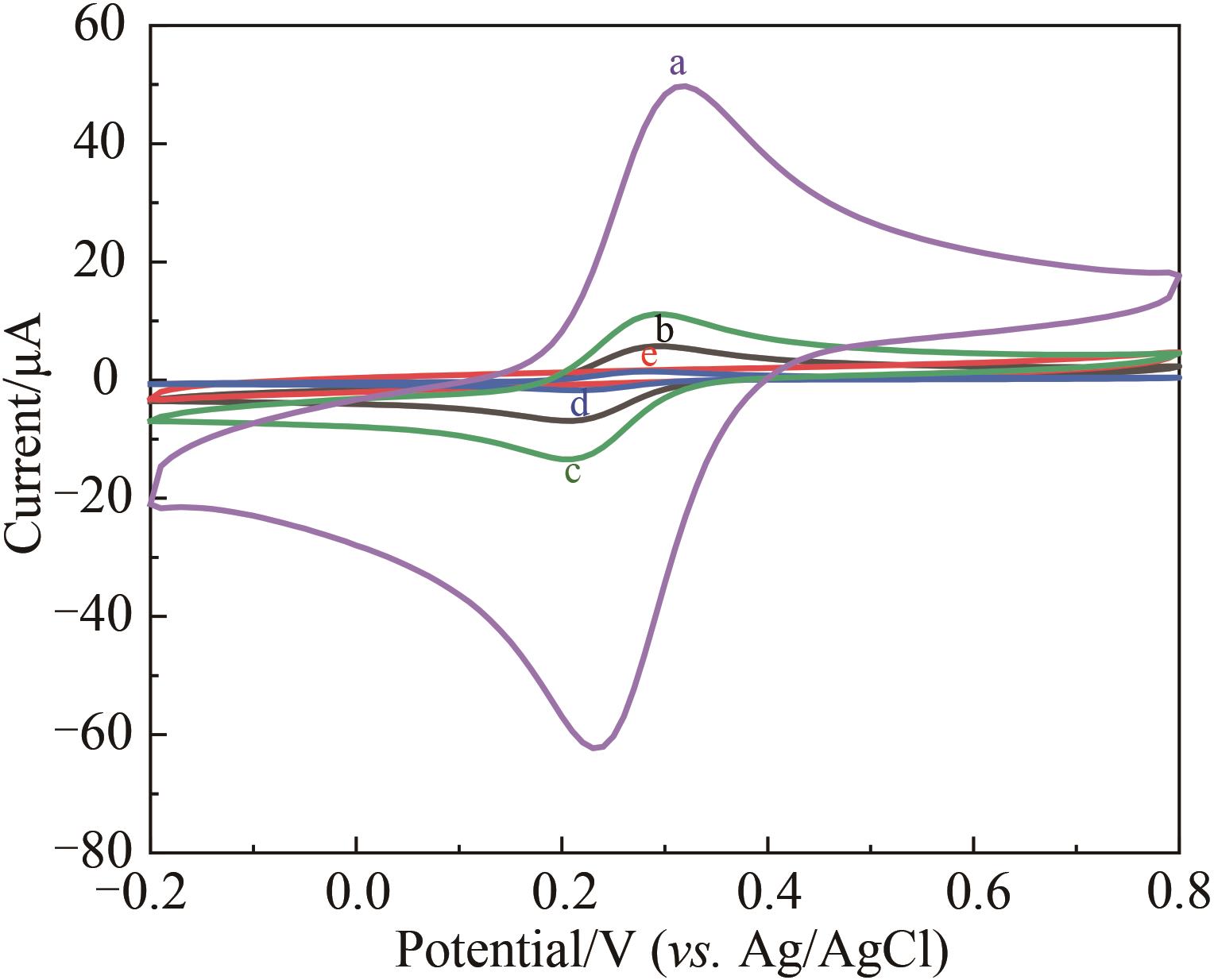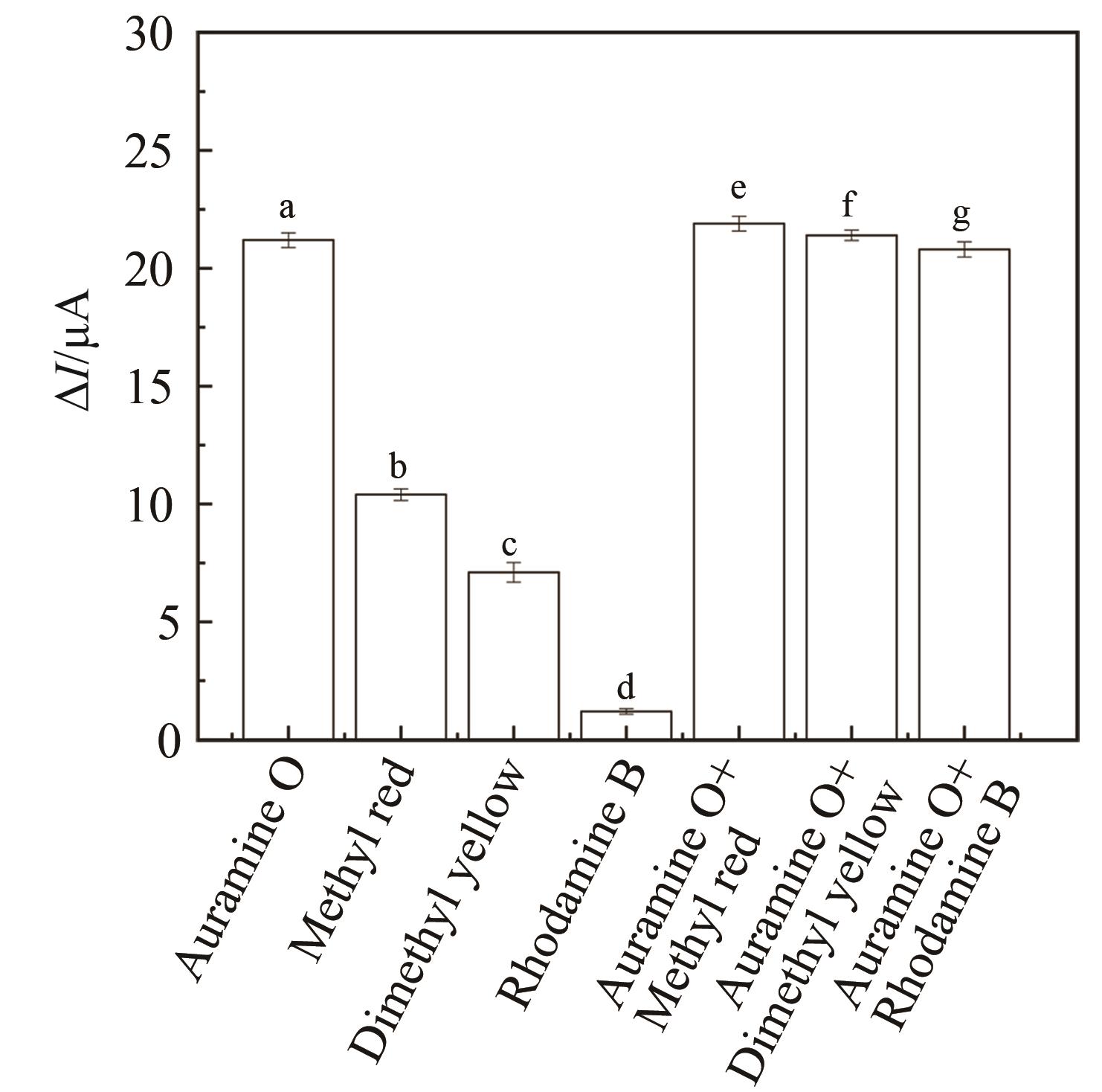| 1 |
车芬芳, 路艳珍, 席兴军, 等. 高效液相色谱-离子阱-飞行时间质谱法鉴定碱性嫩黄中的杂质及高效液相色谱法制备碱性嫩黄标准物质[J]. 色谱, 2019, 37(3): 299-304.
|
|
CHE F F, LU Y Z, XI X J, et al. ldentification of the impurity in auramine O by high performance liquid chromatography-ion trap-time of flight mass spectrometry and preparation of the auramine O reference standard by preparative high performance liquid chromatography[J]. Chinese J Chromatogr, 2019, 37(3): 299-304.
|
| 2 |
牛家华, 卢明华, 王勇. 食品中7种常见的非食用色素检测研究进展[J]. 化学通报, 2020, 83(9): 805-812.
|
|
NIU J H, LU M H, WANG Y. Research progress in detection of seven common inedible pigments in food[J]. Chem, 2020, 83(9): 805-812.
|
| 3 |
TRAN-LAM T T, HONG M B T, LE G T, et al. Auramine O in foods and spices determined by an UPLC-MS/MS method[J]. Food Add Contamin B, 2020, 13(5): 171-176.
|
| 4 |
刘文靖, 宋华静. 高效液相色谱法测定食品中的非食用色素[J].食品安全导刊, 2020(9):119.
|
|
LIU W J, SONG H J. Determination of non-food pigments in food by high performance liquid chromatography[J]. China Food Safe Mag, 2020(9):119.
|
| 5 |
TATEBE C, ZHONG X N, OHTSUKI T, et al. A simple and rapid chromatographic method to determine unauthorized basic colorants (rhodamine B, auramine O, and pararosaniline) in processed foods[J]. Food Sci Nutr, 2014, 2(5): 547-556.
|
| 6 |
李莎, 王银花, 叶麟, 等. HPLC法同时测定食品中酸性橙Ⅱ和碱性嫩黄O的含量[J]. 食品与发酵工业, 2017, 43(3): 234-238,246.
|
|
LI S, WANG Y H, YE L, et al. HPLC simultaneous determination of acid orange Ⅱ and auramine O in foods[J]. Food Ferment Ind, 2017, 43(3): 234-238, 246.
|
| 7 |
叶英剑, 李启彬, 刘园园. 食品碱性嫩黄O含量测定采取超高效液相色谱-串联质谱法的效果及评价[J]. 首都食品与医药, 2020, 27(7): 181-182.
|
|
YE Y J, LI Q B, LIU Y Y. The effect and evaluation of ultra performance liquid chromatography-tandem mass spectrometry for the determination of auramine O in food[J]. Cap Med, 2020, 27(7): 181-182.
|
| 8 |
史新宇, 梅英杰, 黄锦燕, 等. 超高效液相色谱-串联质谱法同时检测火锅底料中罗丹明B、碱性橙2、酸性橙2和碱性嫩黄O[J]. 当代化工研究, 2020(14): 28-30.
|
|
SHI X Y, MEI Y J, HUANG J Y, et al. Determination of rhodamine B, chrysoidine, acid orange 2, auramine O in chafing dish by ultra performance liquid chromatography-tandem mass spectrometry[J]. Mod Chem Res, 2020(14): 28-30.
|
| 9 |
NEBOT C, IGLESIAS A, BARREIRO R, et al. A simple and rapid method for the identification and quantification of malachite green and its metabolite in hake by HPLC-MS/MS[J]. Food Control, 2013, 31(1): 102-107.
|
| 10 |
EKOMO V M, BRANGER C, BIKANGA R, et al. Detection of bisphenol A in aqueous medium by screen printed carbon electrodes incorporating electrochemical molecularly imprinted polymers[J]. Biosenso Bioelectron, 2018, 112: 156-161.
|
| 11 |
WANG L, LIU Y Y, YANG R, et al. AgNPs-PDA-GR nanocomposites-based molecularly imprinted electrochemical sensor for highly recognition of 2,4,6-trichlorophenol[J]. Microchem J, 2020, 159: 1-9.
|
| 12 |
PATAER P, MUHAMMAD T, TURAHUN Y, et al. Preparation of a stoichiometric molecularly imprinted polymer for auramine O and application in solid-phase extraction[J]. J Sep Sci, 2019, 42(8): 1634-1643.
|
| 13 |
ZHAO W R, KANG T F, LU L P, et al. A novel electrochemical sensor based on gold nanoparticles and molecularly imprinted polymer with binary functional monomers for sensitive detection of bisphenol A[J]. J Electroanal Chem, 2017, 786: 102-111.
|
| 14 |
王福洋, 宋伟明, 孙立, 等. 多孔纳米立方FeSe2/石墨烯复合材料的可控构建及在钠离子电池中的应用[J]. 应用化学, 2022, 39(5): 779-786.
|
|
WANG F Y, SONG W M, SUN L, et al. Controllable construction of porous nanocube FeSe2/graphene composite for efficient Na-ion storage[J]. Chinese J Appl Chem, 2022, 39(5): 779-786.
|
| 15 |
YAN S, LI S, ZHANG N, et al. A highly sensitive and selective molecularly imprinted electrochemical sensor modified with TiO2-reduced graphene oxide nanocomposite for determination of podophyllotoxin in real samples[J]. J Electroanal Chem, 2020, 873: 1-8.
|
| 16 |
MA Y, HU Q, LIU C, et al. A nanospherical conjugated microporous polymer-graphene nanosheets modified molecularly imprinted electrochemical sensor for high sensitivity detection of α-synuclein[J]. J Electroanal Chem, 2020, 862: 113994.
|
| 17 |
熊海涛, 吴睿, 吴迎春. Nafion-碳纳米管修饰电极电化学发光分析法测定卡马西平[J]. 应用化学, 2021, 38(6): 731-738.
|
|
XIONG H T, WU R, WU Y C. Electrochemiluminescence determination of carbamazepine based on the nafion-carbon nanotube modified electrode[J]. Chinese J Appl Chem, 2021, 38(6): 731-738.
|
| 18 |
黄学艺, 田颖, 杨慧, 等. 纳米材料在电化学分子印迹传感器中的应用进展[J]. 化学研究与应用, 2021, 33(1): 17-23.
|
|
HUANG X Y, TIAN Y, YANG H, et al. Application progress of nano-materianls to molecularly imprinted sensor[J]. Chem Res Appl, 2021, 33(1): 17-23.
|
| 19 |
李玲玲, 杨绍明, 丁绍卿, 等. 基于纳米金增敏的双酚A二氧化钛凝胶分子印迹电化学传感器的制备及应用[J]. 应用化学, 2018, 35(4): 484-490.
|
|
LI L L, YANG S M, DING S Q, et al. Preparation and application of bisphenol-a TiO2 gel molecularly imprinted electrochemical sensor based on the sensitivity-enhancement of gold nanoparticles[J]. Chinese J Appl Chem, 2018, 35(4): 484-490.
|
| 20 |
CHENG J, LI Y F, ZHONG J, et al. Molecularly imprinted electrochemical sensor based on biomass carbon decorated with MOF-derived Cr2O3 and silver nanoparticles for selective and sensitive detection of nitrofurazone[J]. Chem Eng J, 2020, 398: 1-8.
|
| 21 |
SAHA K, AGASTI S S, KIM C, et al. Gold nanoparticles in chemical and biological sensing[J]. Chem Rev, 2012, 112(5): 2739-2779.
|
| 22 |
FRENS G. Controlled nucleation for the regulation of the particle size in monodisperse gold suspensions[J]. Nat Phys Sci, 1973, 241(105): 20-22.
|
| 23 |
李东东, 秦丽, 唐录华, 等. 碱性橙Ⅱ印迹传感器的制备及其应用[J]. 应用化学, 2022, 39(7): 1052-1064.
|
|
LI D D, QIN L, TANG L H, et al. Preparation and application of basic orange Ⅱ[J]. Chinese J Appl Chem, 2022, 39(7): 1052-1064.
|
| 24 |
秦思楠, 唐录华, 高文惠. 三氟氯氰菊酯分子印迹电化学传感器的制备及性能研究与应用[J]. 应用化学, 2019, 36(8): 958-967.
|
|
QIN S N, TANG L H, GAO W H. Cyhalothrin molecularly imprinted electrochemical sensor: preparation, performance and application[J]. Chinese J Appl Chem, 2019, 36(8): 958-967.
|
| 25 |
TIAN J S, QIN L, LI D D, et al. Carbofuran-imprinted sensor based on a modified electrode and prepared via combined multiple technologies: preparation process, performance evaluation, and application[J]. Electrochim Acta, 2022, 404: 139600.
|
| 26 |
孙秀兰, 赵晓联, 汤坚. 纳米金溶胶形成过程的可见光吸收光谱研究[J]. 食品与生物技术学报, 2004(4): 86-89.
|
|
SUN X L, ZHAO X L, TANG J. The UV-visible spectrum studies on formation process of colloidal gold particles[J]. J Food Sci Biotechnol, 2004(4): 86-89.
|
| 27 |
王多娇, 颜春荣, 甘凝岚, 等. LC-MS/MS测定黄鱼中碱性嫩黄O及酸性橙Ⅱ[J]. 食品研究与开发, 2014, 35(17): 94-96.
|
|
WANG D J, YAN C R, GAN N L, et al. Determination of auramine O and acid orange Ⅱ in yellow croaker by LC-MS/MS[J]. Food Res Dev, 2014, 35(17): 94-96.
|
| 28 |
邵勇, 陈勇, 郑艳, 等. 表面增强拉曼散射法快速检测饮料中碱性嫩黄O[J]. 食品与发酵工业, 2015, 41(10): 160-163, 176.
|
|
SHAO Y, CHEN Y, ZHENG Y, et al. Rapid detection of auramine O in drinks by surface-enhanced raman spectroscopy[J]. Food Ferment Ind, 2015, 41(10): 160-163, 176.
|
| 29 |
夏莉娟, 冯秀娟. 超高效液相色谱-串联质谱法测定食品中碱性嫩黄O的含量[J]. 现代食品, 2018(23): 121-125.
|
|
XIA L J, FENG X J. Determination of auramine O in foods by ultra performance liquid chromatography tandem mass spectrometry[J]. Mod Food, 2018(23): 121-125.
|

 ), 韩俊华1(
), 韩俊华1( )
)
 ), Jun-Hua HAN1(
), Jun-Hua HAN1( )
)
